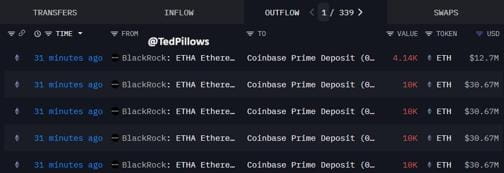According to Chainalysis' "2025 Crypto Geography Report," Europe's overall crypto transaction volume, after a pullback in mid-2024, peaked at $234 billion in December of the same year and continued to grow into the first half of 2025, demonstrating a mature market landscape characterized by both institutional activity and retail adoption.
The report shows that Russia leapt to the top of Europe with $376.3 billion in transaction volume, followed by the UK ($273.2 billion) and Germany ($219.4 billion). Germany saw a 54% year-over-year increase, benefiting from the implementation of MiCA regulations and the entry of financial institutions. Poland and Ukraine saw increases of 51% and 52%, respectively, highlighting the activeness of private remittances and grassroots adoption. In the ten months since MiCA's implementation, Europe has transitioned from fragmented regulation to a unified framework.
Circle's Euro-denominated stablecoin, EURC, grew 2727% during this period, replacing USDT as the dominant regulated stablecoin. The European Securities and Markets Authority (ESMA) has currently registered 15 e-money token issuers and regulates a total of 25 single-currency stablecoins.
The report notes that the European market exhibits the paradoxical pattern of "larger size, faster growth," indicating that the crypto ecosystem is in the accelerating S-curve phase, with network effects driving the continued expansion of mature markets. The UK market, on the other hand, is shifting towards DeFi platforms, with retail funds flowing into DEXs, while institutions still prefer centralized trading venues.
Overall, the European crypto ecosystem is entering a new phase of simultaneous regulation and innovation: MiCA has fostered the localization of stablecoins, DeFi usage has surged, and institutional participation has deepened, continuously elevating Europe's position in the global crypto ecosystem.


